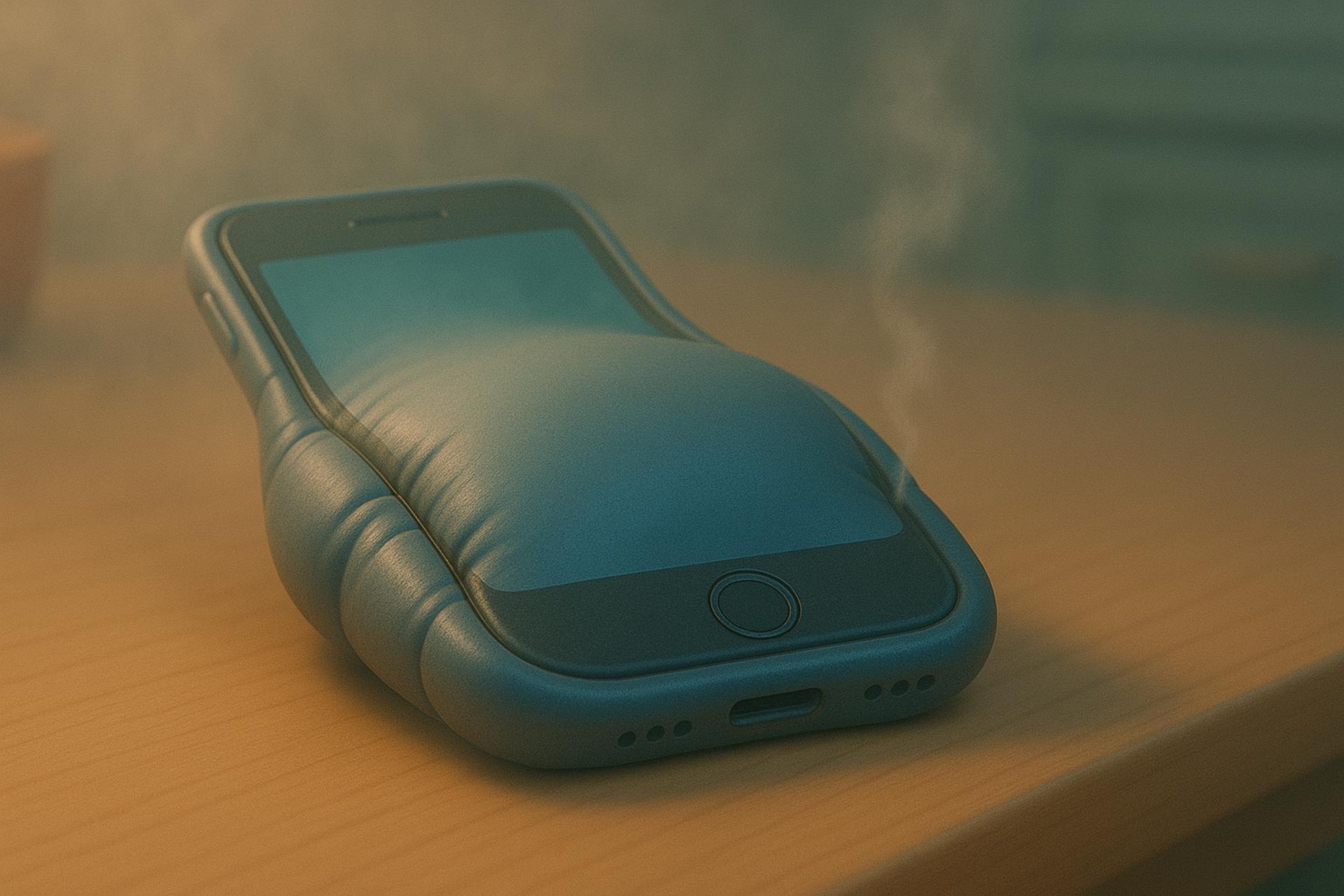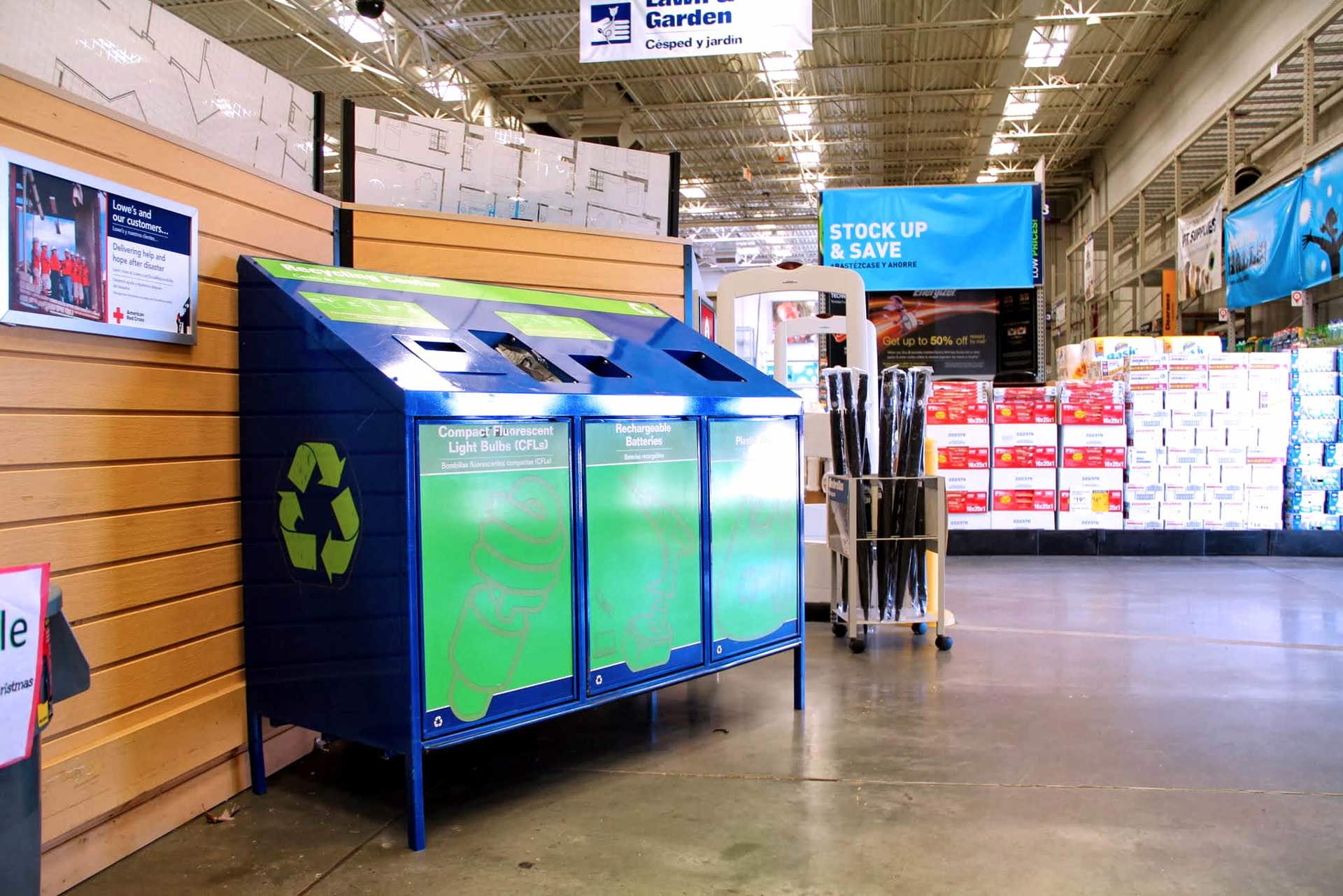 You might need a hazmat suit to dispose of this battery.
You might need a hazmat suit to dispose of this battery.
Lithium-ion batteries are the predominant form of rechargeable battery and are commonly found in portable electronics as well as electrified transportation (Clean Energy Institute). In fact, the average person in the U.S. owns about nine lithium battery-powered devices. And 98% of those people use those devices daily (Recycling Today).
Why lithium? Most batteries today use lithium due to its high energy density, which averages 150-250 Wh/kg (watt-hours per kilogram), and its low self-discharge rate of around 2% per month. So essentially it stores a lot of power for its weight, and holds that charge for a long time.
Lithium Ion (Li-ion): common in laptops, smartphones, tablets, power tools, and EVs. These batteries typically last 500-1,000 charge cycles or around 3-5 years under normal use.
Lithium-Polymer (Li-Po): common in drones, RC vehicles, slim phones, and wearables because of their flexibility in shapes and sizes. These batteries typically last 500-1,000 charge cycles or around 3-5 years under normal use, but are more sensitive to overcharging, deep discharging, and swelling.
Lithium Iron Phosphate (LiFePO₄): common in solar storage, e-bikes, and some EVs. These batteries typically last 1,000-3,000 cycles (8-10 years). They are much safer and more stable than standard Li-ion batteries.
There are two main reasons to recycle or responsibly dispose lithium-based batteries, though they're not mutually exclusive. The first reason is battery aging. The signs that your battery is approaching the end of its normal lifespan include:
The battery discharges much faster than it used to.
It takes much longer to charge than normal, or won't fully charge.
The device shuts down unexpectedly even when the battery indicator shows a remaining charge.
The device overheats during normal use or charging (much hotter than it would get when new).
The second reason is safety concerns. The battery changes below are important safety concerns that you should not ignore. When any of these are the case, take action!
Swelling or bulging of the device or battery pack itself.
The battery is physically damaged (punctured, dented, crushed).
The device or charger warns you of battery issues.
The battery has been exposed to water or extreme heat.
The battery is leaking fluid or has unusual smells.
There are two great reasons to dispose or recycle batteries responsibly: safety and the environment. As you'll see below, lithium can be volatile and cause fires and explosions. It's also a toxic chemical that is bad for the environment when it leeches into drinking water, harms wildlife, and the like.
The following safety guidelines may be obvious, but it's critically important to mention them, regardless. Lithium is a high energy material that can be highly volatile under the right circumstances. So with that in mind...
DO NOT throw the device or battery in household trash; this can very likely cause a household or landfill fire.
DO NOT put the device or battery in curbside recycling; this can cause a fire or explosion in the recycling truck, and these recyclers don't handle battery recycling anyway.
DO NOT burn, crush, or puncture devices or batteries; this releases toxic gases and creates a real fire risk.
DO NOT store long-term if damaged; recycle as soon as possible. The longer you wait, the more likely the battery will leak or combust.
If you have a device or battery that needs to be recycled or responsibly disposed, follow the steps below to get it right and keep everyone safe.
Discharge if possible; drain it the device or battery down to around 20-30%. Do not try to fully discharge a damaged or swollen battery — just handle it carefully.
Protect the terminals; cover exposed battery terminals with non-conductive tape (e.g., electrical or packaging/box tape). This prevents accidental short circuits, which can cause sparks or fire. Some disposal services require that the device/battery be put into a plastic bag.
Handle swelling/damage carefully; if swollen, leaking, or punctured, place the device or battery in a fireproof container (metal box, sand, or cat litter in a plastic bag), and avoid pressing on it or trying to puncture it.
Federal law and low lithium reclamation costs have made it really easy to dispose or recycle a device or battery. Options include local drop-off and mail-in services. And they typically extend to other battery types, including car batteries!
Many electronics retailers (Best Buy, Staples, Home Depot, Lowe's, Batteries Plus, etc. in the U.S.) have battery recycling bins.
 These battery recycling bins are usually in the entrance or exit vestibule, or near the store's customer service desk.
These battery recycling bins are usually in the entrance or exit vestibule, or near the store's customer service desk.
Check your local waste authority for hazardous waste collection days or special drop-off sites. The EPA also provides tools for finding disposal locations (https://www.epa.gov/hw/lithium-ion-battery-recycling).
Some battery recycling services, like Call2Recycle in North America, provide prepaid shipping kits (https://www.call2recycle.org/). They will recycle the lithium safely, and properly dispose of the enclosure and other materials.
 Some retailers will accept packages on behalf of battery recycling services like Call2Recycle.
Some retailers will accept packages on behalf of battery recycling services like Call2Recycle.
Device makers like Apple, Samsung, and Dell, often accept batteries and old devices for free recycling. Some even offer store credit towards upgrading the device! Check their websites for details.
There's usually more to the story so if you have questions or comments about this post let us know!
Do you need a new software development partner for an upcoming project? We would love to work with you! From websites and mobile apps to cloud services and custom software, we can help!

